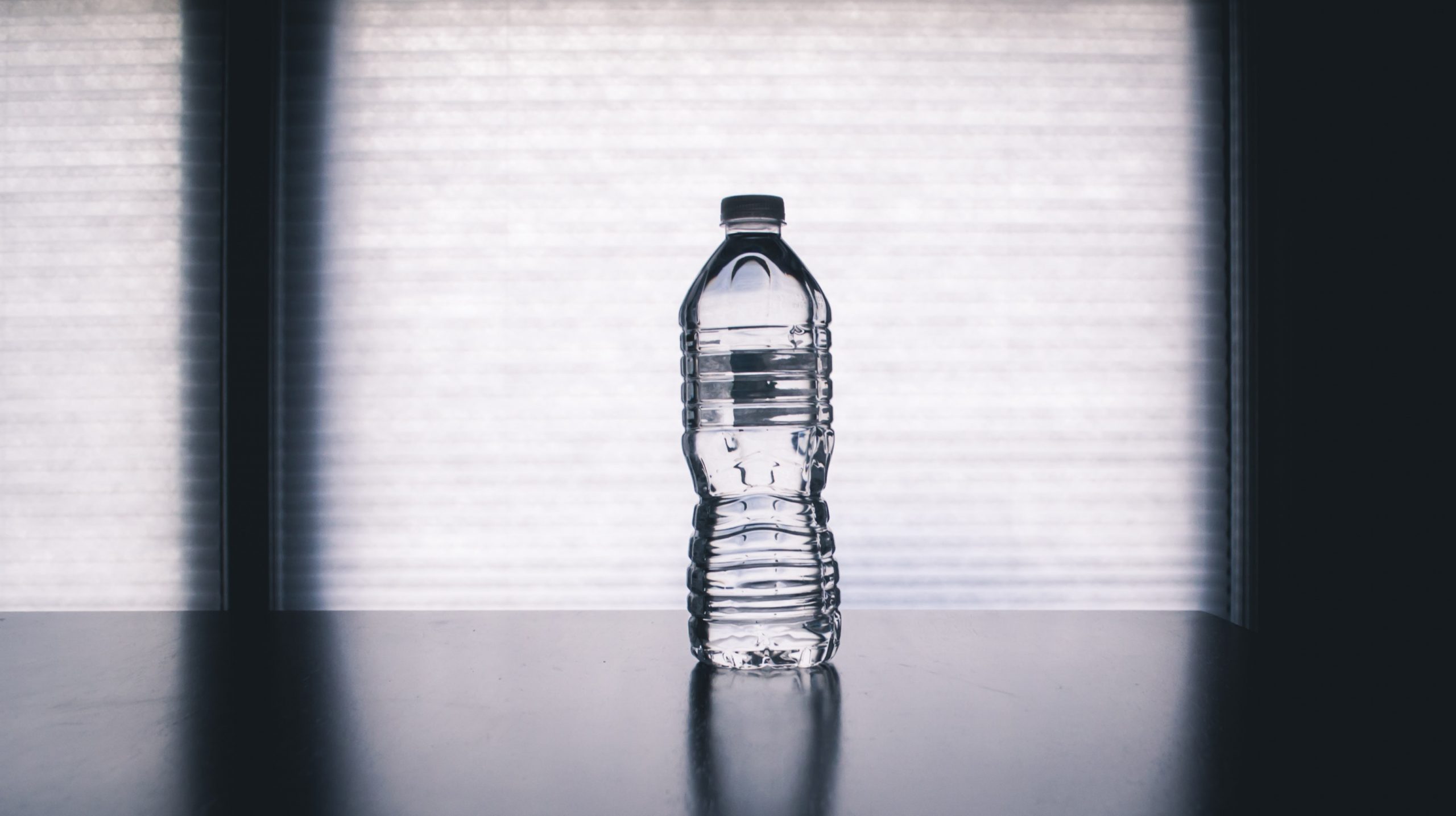
This question comes up often and the answer is not completely clear. There are many rumors and opinions circulating about this topic and it can be difficult to determine the facts. There are fears that reusing plastic water bottles introduces harmful toxins to our drinking water, and encourages bacterial growth. What do the facts show? Is it safe to reuse plastic water bottles? This article discusses a few things I discovered in my research.
Are Chemicals Leaching Into My Water?
Would you be alarmed if you discovered that you are drinking water that has been exposed to bisphenol A (BPA), polycarbonate, polyvinyl chloride (PVC), or phthalates? Yes, manufacturers use these chemicals to make various types of plastics—including the plastics that come into contact with our drinks and foods.
In particular, bisphenol A (BPA) has come under much scrutiny as a chemical found in packaging made from polycarbonate. Lexan is a commercial name for polycarbonate. Some claim that BPA is harmful and may be linked to cancer and obesity. As a result, manufacturers have reformulated this plastic and label their products as BPA free in response to public criticism.
Confirmation of such concerns as well founded is difficult. Studies have tested the rigorous use of plastic water bottles and the resulting effects on BPA leaching into the contents. Even after years of storage in this type of bottle, findings reveal that minimal leaching occurred and that levels are well below the acceptable limits provided by the World Health Organization.
What about polyethylene terephthalate (PET) bottles? This material is commonly used in the US for packaging bottled drinking water—including popular brands such as smartwater® and LIFEWTR®. PET bottles do not contain BPA. However, studies have been performed to detect the leaching of other potentially harmful substances such as antimony. Although it has been shown that water stored in PET bottles does become contaminated, the concentrations of antimony are well below the guidelines recommended for drinking water.
Is There Something Growing in My Bottle?
Chemicals are not the only thing we don’t want in our drinking water. Water provides an ideal home for bacterial growth and bottled water is no exception. Does refilling a water bottle multiple times increase the risk? Studies have shown that drinking directly from a bottle just once after it is opened dramatically increases bacterial contamination and growth. This includes containers other than plastic water bottles and underscores the importance of maintaining sanitary practices with our drinking water.
This is one reason that manufacturers discourage the reuse of their plastic water bottles. Repeated use can introduce scratches and residues that harbor potentially harmful bacteria. With this in mind, if one chooses to reuse plastic water bottles it is recommended that these be thoroughly washed with soap and water, and dried between uses.
What’s the Answer?
Firstly, there may be detectable levels of chemicals in our drinking water. Secondly, there may be bacteria living in there, too—although it probably came from our own mouth. Can we live with those facts? Each of us must decide for ourselves what we consider safe.
It’s worth noting that the United States Food and Drug Administration (FDA) closely monitors and regulates the types of plastics used to package foods and beverages. Thus, the FDA considers safe the plastic water bottles we buy at our local supermarket. As for PET bottles, the FDA adds that this material is safe to reuse if thoroughly washed and dried between uses.
A Word of Advice
Clearly, there are many factors that contribute to how a bottle interacts with the liquid contained within. Of course, there is plain old wear and tear. Additionally, there is exposure to sun and heat. Also, sanitizing practices and age come into play. Regardless, even with the most rigorous of use, plastic water bottles seem to hold up remarkably well. Thus, personally, I am a bit more at ease with regard to the use and reuse of plastic water bottles. One thing is clear, if we do decide to reuse plastic water bottles there are recommendations in place that make such reuse safer.
If we decide to reuse our plastic water bottles:
- Avoid exposing plastic water bottles to high temperatures which may increase leaching.
- Avoid excessive wear and tear which can introduce cracks and scratches, and retire worn bottles.
- Thoroughly wash and dry plastic water bottles between uses.
We all want to live safer lives and hopefully the information here equips you to make more informed decisions regarding plastic water bottles and their use. Stay safe!

